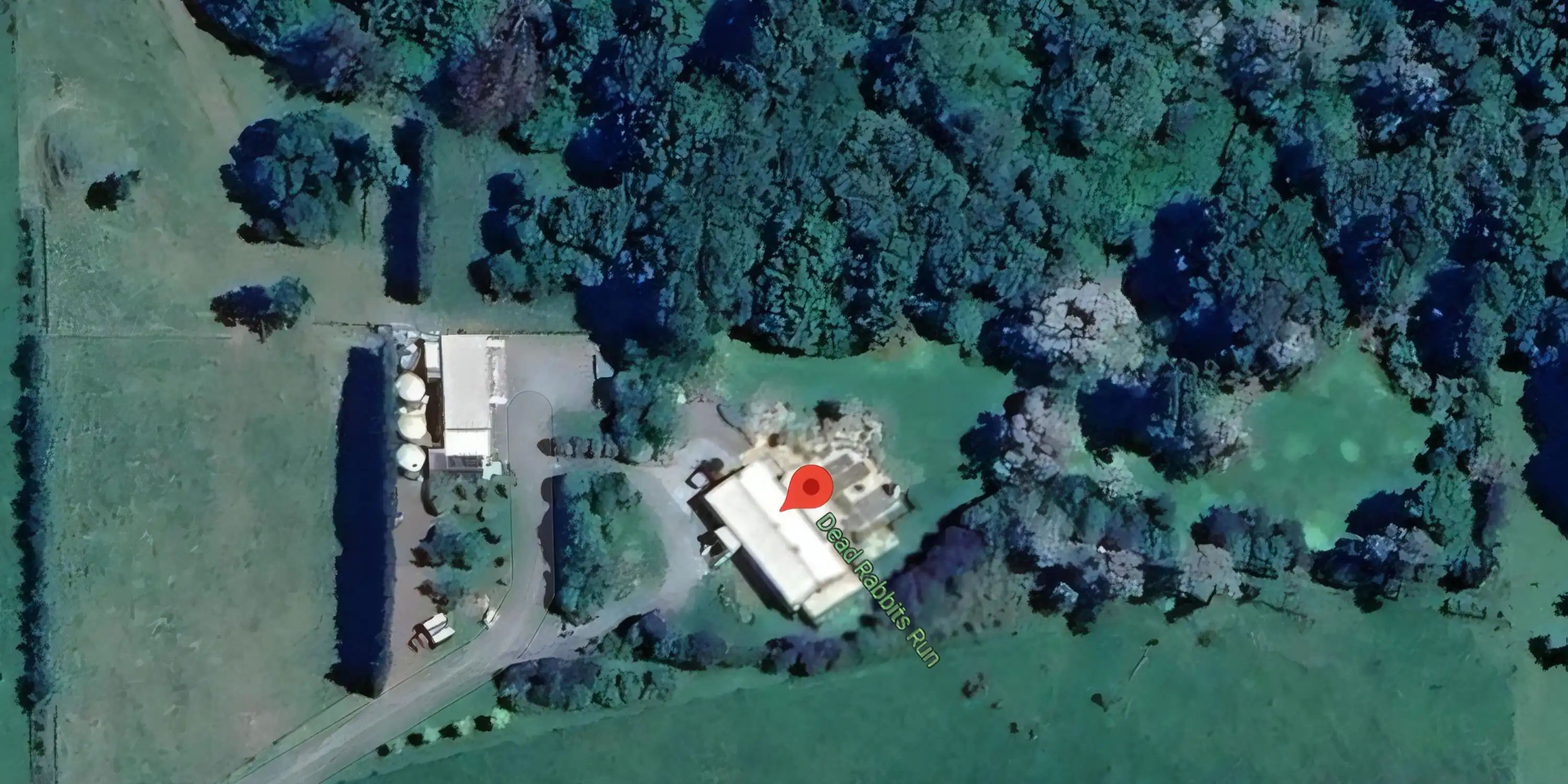
About Dead Rabbits Run
Dead Rabbits Run is more than a garden — it's a landscape in recovery. A place where old damage is quietly undone, and new life rises with patience and care. Nestled in the foothills of the Remutaka Ranges, this 3.9-hectare property has transformed over the past decade into a sanctuary for native forest, birdsong, and the kind of slow gardening that listens more than it directs.
The name comes from the garden's earliest challenge: an infestation of rabbits that once dominated the open paddocks. Their presence was symbolic of a wider ecological imbalance — the aftermath of deforestation, farming, and introduced species. The land, like many across Aotearoa, had forgotten what it once was.
From Earthquake to Ecosystem
The journey of this land began not with humans, but with upheaval. The 1855 Wairarapa Earthquake lifted the terrain, altering its contours and water flow. Dense bush once stood here, but in the decades that followed, settlers cleared it for pasture. Grazing stock shaped the hills, and the native undergrowth vanished beneath hooves and hungry mouths.
When Anne and Derek arrived in 2010, the forest was a memory. But the bones remained — seed banks buried, birds still circling, the pulse of something older waiting for an opening. What followed was a mission of reclamation: fencing out stock, removing invasive species, laying traps for stoats and possums, and letting the land speak again.
Within just a few seasons, kawakawa began pushing upward. Titoki stretched into the light. In shaded corners, kahikatea saplings found their foothold. Derek and Anne learned by doing — often through trial and error, guided by instinct and deep observation of how nature organises itself when left to breathe.
The Art of Forest Gardening
Derek is a self-taught gardener, though the word 'gardener' seems too small for what he does. His work is about systems, layers, and time. He reads the bush like a book — observing canopy succession, water runoff, fungal interplay. Where trees fall, he leaves them to rot in place. Inspired by Victorian stumperies, he's shaped lush ferneries where decay becomes richness and moss softens the edges of memory.
Anne brings her own lineage — her love of gardening instilled by grandparents who knew the rhythm of seasons. She grows colour from cuttings: peonies, camellias, hydrangeas, echiums, irises. Each adds a softness, a sense of movement through the months. She's the whisper beside Derek's canopy — a blend of colour and canopy, nurture and wildness.
QEII Covenant: A Promise in Perpetuity
In 2023, part of Dead Rabbits Run was officially protected under a Queen Elizabeth II National Trust covenant — a legal promise that the forest would never again be cleared. This isn't just sentiment; it's legislation. It ensures that the bush, the birds, and the balance they've worked so hard to restore will be safeguarded beyond their lifetime.
This covenant sits alongside a robust pest control regime — traps monitored and maintained weekly, even in the rain. It's hard, unglamorous work. But it's this constant care that has brought back the kererū, the korimako (bellbird), the tūī. These are not visitors anymore; they are residents.
“Every tree planted here is a reply to the past — and a welcome to what's coming.”
A Place of Beauty and Stillness
As the forest regrows, so too does the garden. Maple acers bring soft colour and dappled light. There are several garden rooms to explore. Tall rhododendrons sway beside towering echiums. Raspberry Crush hydrangeas burst along paths. You'll find kākābeak — rare, crimson, fierce — blooming beside clivias and roses grown from prunings. This is a garden where generosity and propagation go hand in hand.
In the centre clearing stands a 200-year-old kānuka — a sentinel from another time. Unfarmed, unbowed, it has seen the forest fall and rise again. Across at the orchard garden there is a potting shed and workshop area. These additions are quiet, functional — made for the slow joy of tending and resting, cup of tea in hand.
Come With Respect
Dead Rabbits Run is open to visitors during garden tours, special events, and occasional private visits. It's bus-friendly, picnic-friendly, child-friendly — but above all, it's nature-friendly. There's space to sit and breathe, wander and wonder. You won't find manicured hedges or sculpted paths here. What you'll find is something rarer: a sense of care. Of presence. Of restoration in progress.
As Derek puts it, “We don't need to own the bush. We just need to look after it.”
